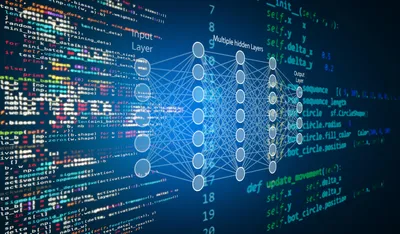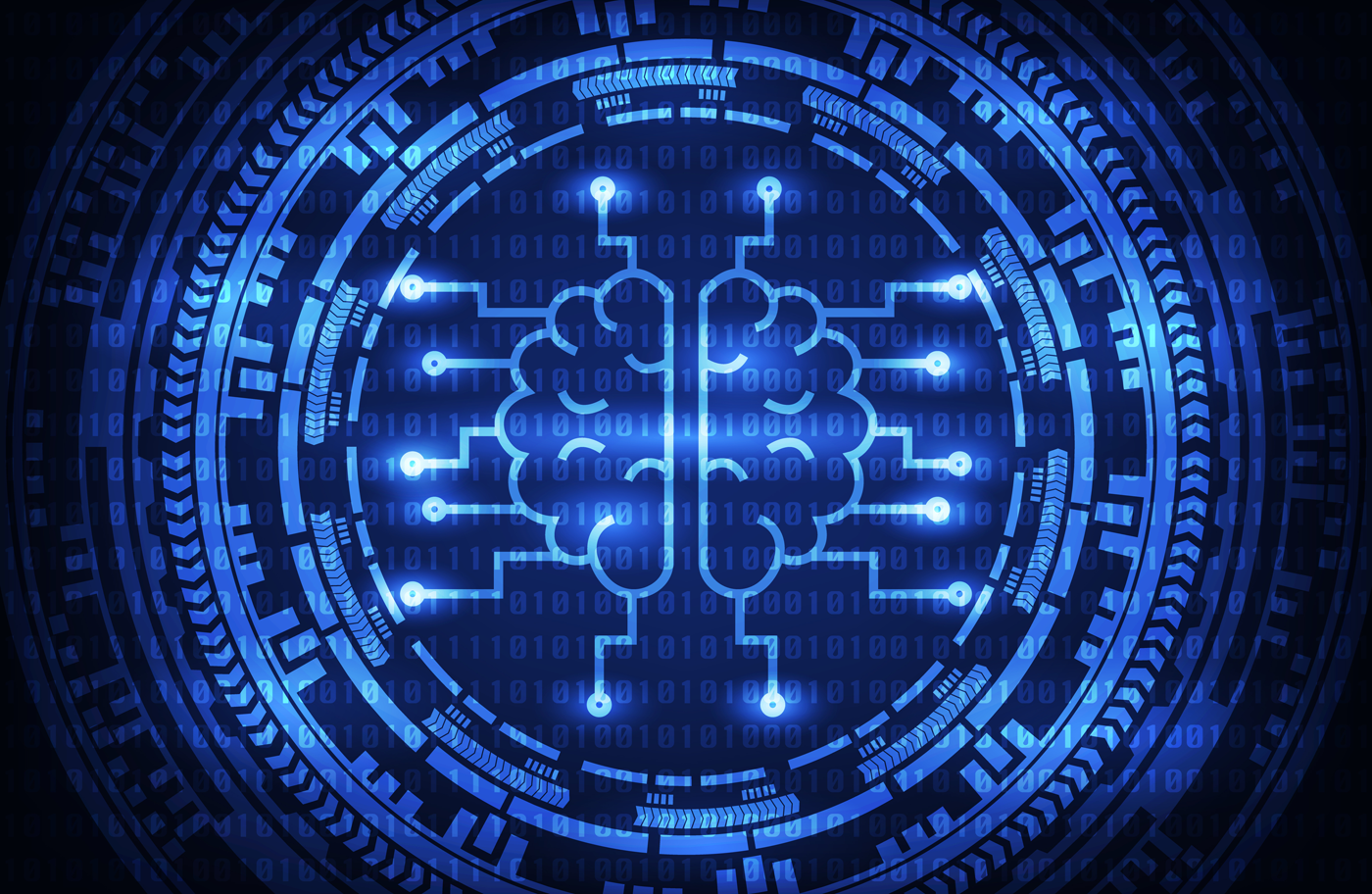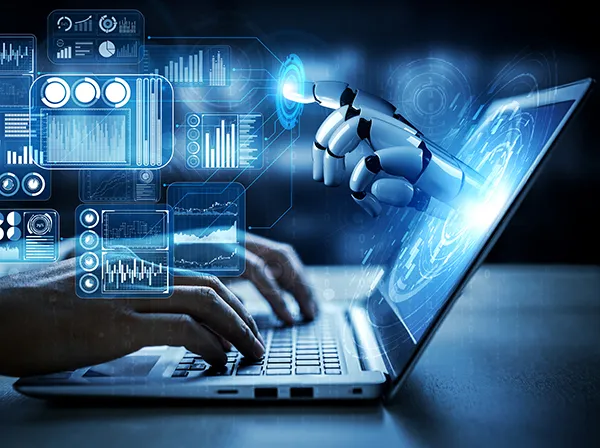Deep learning’s ongoing evolution continues to push the frontiers of artificial intelligence. This final section explores the latest advancements, emerging fields, and societal impacts, presenting a comprehensive picture of deep learning’s transformative potential.
Pioneering Research and Emerging Fields
- Few-Shot and Zero-Shot Learning:
- Concept: Few-shot learning aims to train models using a small number of examples, while zero-shot learning enables models to generalize to new tasks without any prior examples. These approaches address the challenge of data scarcity.
- Techniques: Meta-learning and transfer learning are employed to achieve few-shot and zero-shot capabilities. These methods allow models to leverage knowledge from related tasks to perform well on new, unseen tasks.
- Reinforcement Learning in Real-World Scenarios:
- Simulation to Reality (Sim2Real): Training reinforcement learning models in simulated environments and then transferring them to real-world scenarios is a growing focus. This approach reduces the risks and costs associated with real-world training.
- Multi-Objective Reinforcement Learning: Addressing multiple objectives simultaneously, such as balancing performance, safety, and resource usage, is crucial for deploying reinforcement learning in complex environments like autonomous driving and robotics.
- Bioinformatics and Genomics:
- AI in Genomics: Deep learning models are applied to analyze genomic data, identify genetic variations, and predict disease susceptibility. This aids in personalized medicine and the understanding of genetic disorders.
- Protein Folding: AI breakthroughs, like DeepMind’s AlphaFold, have revolutionized the prediction of protein structures, significantly impacting drug discovery and biological research.
- Explainability and Interpretability:
- Interpretable Models: Developing models that provide understandable explanations for their predictions is crucial for building trust in AI systems. Techniques like SHAP (SHapley Additive exPlanations) and LIME (Local Interpretable Model-agnostic Explanations) are widely used.
- Causal Explanations: Moving beyond correlation to causal understanding helps in explaining why models make certain decisions, leading to more robust and reliable AI systems.
Revolutionary Applications
- Climate Change and Environmental Monitoring:
- Satellite Imagery Analysis: Deep learning models analyze satellite images to monitor deforestation, track climate patterns, and assess the health of ecosystems. This aids in environmental conservation and disaster response.
- Carbon Footprint Reduction: AI optimizes energy usage in industries and homes, reducing carbon footprints. Predictive maintenance powered by AI extends the lifespan of equipment, minimizing waste.
- Education and Training:
- AI Tutors: Intelligent tutoring systems provide personalized education, adapting to the learning pace and style of individual students. These systems offer real-time feedback and support, enhancing the educational experience.
- Skill Development: AI-powered platforms facilitate skill development and vocational training, preparing individuals for the evolving job market. These platforms offer interactive simulations and hands-on practice.
- Legal and Compliance:
- AI in Law: AI assists in legal research, contract analysis, and compliance monitoring. Natural language processing models analyze legal documents, extracting relevant information and identifying potential risks.
- Regulatory Compliance: AI systems ensure businesses adhere to regulations by continuously monitoring operations and flagging non-compliance issues, reducing the risk of legal penalties.
- Finance and Economics:
- Algorithmic Trading: AI-driven trading algorithms analyze market trends and execute trades at high speeds, optimizing investment strategies and maximizing returns.
- Risk Management: Deep learning models predict financial risks, detect fraud, and assess creditworthiness, enhancing the stability and security of financial systems.
Societal and Ethical Dimensions
- Inclusivity and Accessibility:
- AI for Accessibility: AI technologies enhance accessibility for individuals with disabilities, such as speech-to-text systems for the hearing impaired and computer vision applications for the visually impaired.
- Digital Divide: Bridging the digital divide involves ensuring equitable access to AI technologies and the internet, promoting inclusivity and preventing societal disparities.
- AI in Governance and Policy:
- Policy Formulation: AI assists policymakers by analyzing vast amounts of data to identify trends, predict outcomes, and formulate evidence-based policies.
- E-Government: AI enhances public services through e-government initiatives, streamlining administrative processes and improving citizen engagement.
- Ethical AI Development:
- Responsible AI: Ensuring responsible AI development involves adhering to ethical guidelines, such as fairness, accountability, transparency, and human-centered design.
- AI Ethics Committees: Establishing AI ethics committees helps oversee AI development, ensuring alignment with societal values and ethical standards.
- AI and Democracy:
- Electoral Integrity: AI safeguards electoral integrity by detecting misinformation, monitoring election processes, and ensuring transparency.
- Citizen Participation: AI platforms facilitate citizen participation in democratic processes, enabling more inclusive and participatory governance.
Future Directions and Vision
- AI-Driven Scientific Discovery:
- Automated Research: AI accelerates scientific discovery by automating hypothesis generation, experimental design, and data analysis, leading to breakthroughs in fields like materials science and chemistry.
- Interdisciplinary Research: AI fosters interdisciplinary research, combining insights from biology, physics, and social sciences to address complex, multifaceted problems.
- AI for Social Good:
- Humanitarian Aid: AI supports humanitarian efforts by predicting natural disasters, optimizing resource distribution, and coordinating relief efforts.
- Global Health: AI models predict disease outbreaks, optimize vaccine distribution, and enhance global health surveillance systems.
- Quantum AI:
- Quantum Algorithms: Developing quantum algorithms for AI tasks promises to solve problems that are currently infeasible for classical computers, revolutionizing fields like cryptography and optimization.
- Quantum-Classical Synergy: Hybrid quantum-classical systems leverage the strengths of both computing paradigms, unlocking new possibilities in AI research and applications.
- AI in Space Exploration:
- Autonomous Spacecraft: AI powers autonomous spacecraft for exploration missions, enabling real-time decision-making and navigation in deep space.
- Astrobiology: AI models analyze data from space missions to identify potential signs of life and understand the conditions necessary for life beyond Earth.
Conclusion
The journey of deep learning is one of relentless innovation and profound impact. As we explore advanced techniques like few-shot learning, reinforcement learning, and bioinformatics, and apply AI to transformative fields such as climate change, education, and finance, we unlock new possibilities for a better future. Ethical considerations, including inclusivity, responsible AI development, and democratic integrity, guide our progress. Looking ahead, the convergence of AI with quantum computing, space exploration, and interdisciplinary research promises to revolutionize our understanding and capabilities. Deep learning’s potential is boundless, and by harnessing its power responsibly, we can create a smarter, more equitable, and sustainable world for generations to come.



